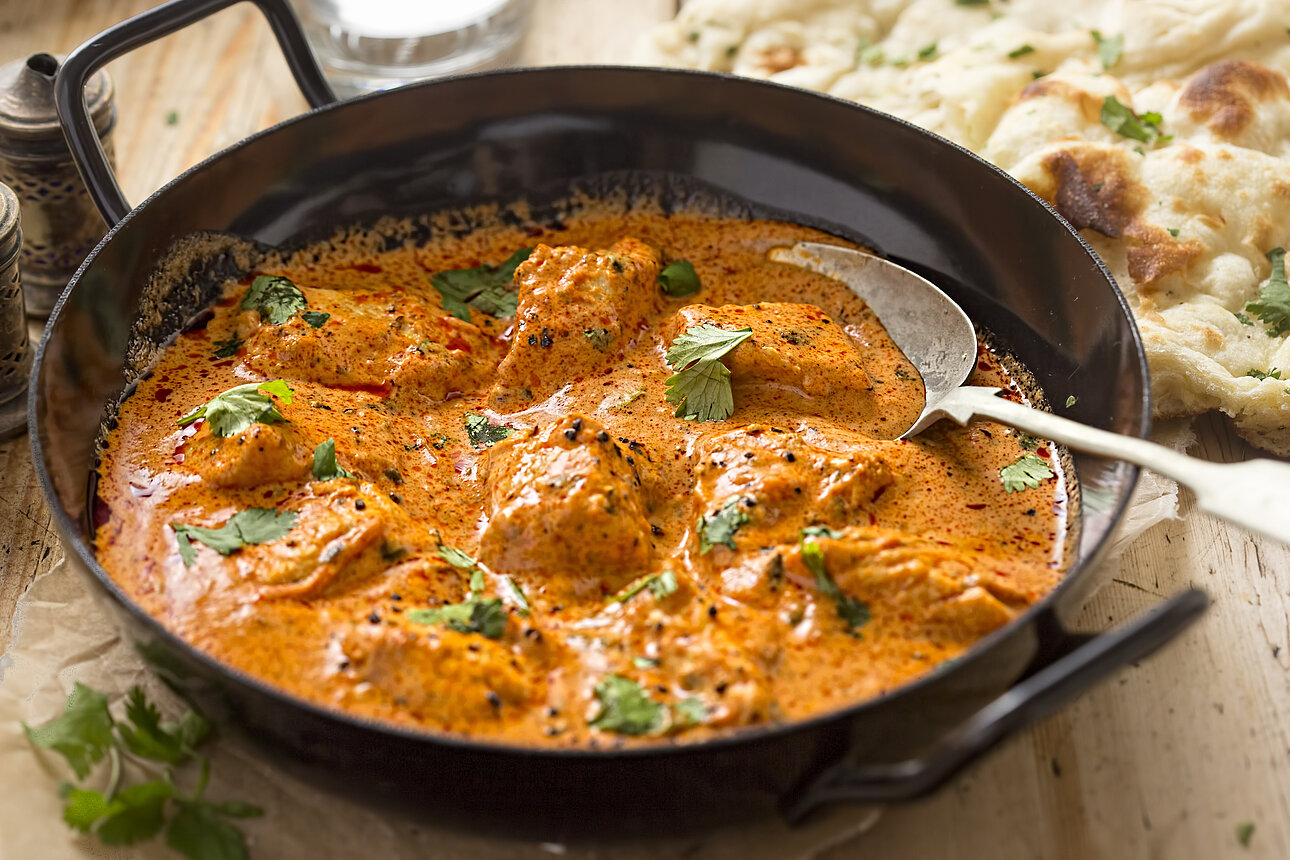Food is more than a way to keep our bodies moving through space. It offers a tasty and satisfying way to experience the world and its cultures. Cuisine connects us to people and history through dishes that showcase local ingredients and get passed down through generations.
While food trends and recipes change over time, the dishes that endure feature certain similarities. They’re often versatile, allowing for improvisation while remaining recognizable. They also tend to be easily scalable to feed small families or large groups of people.
Finally, the most common and beloved dishes in many cultures make use of budget-friendly ingredients that ensure anyone and everyone can partake. As a restaurateur or food manufacturer, you can get to the heart of affordable and appealing cuisine by choosing traditional dishes and finding refreshing ways to present them.
 Lasagna
Lasagna
The dish we know as lasagna today is thought to be a derivative of laganon, a Greek flatbread. Although the traditional Bolognese version likely originated in Emilia-Romagna, popular variations sprang up in areas like Naples (with meatballs) and Genoa (with pesto).
Traditional lasagna features layers of lasagna noodles, sauce, ricotta cheese, and any number of other ingredients, such as meat or vegetables. However, as long as there are layers of noodles with something in between, you can do virtually anything, from adding different sauces to creating vegetarian or vegan recipes.
Never miss out on new trends and more! Sign up for our newsletter today and be the first to know
Rice and Beans
Humble rice and beans are kitchen staples. They store well, can be used in a wide range of recipes, and together, they make a complete protein. They’re also affordable and easy to find.
Different types of rice and beans have originated in different parts of the world, creating a wide array of recipes that represent Asian, African, and Central and South American cuisine. Chefs have almost endless latitude to create one-pot rice and beans dishes or slow-cooked beans and rice (yes, they’re different!).
Curry
Curry has a long history tied to several cultures. Although its origins lie in India, the dish we know today has been heavily influenced by hundreds of years of colonization.
When the Portuguese came to India at the end of the 15th century, they brought chilis, pepper, and vinegar, adding them to local cuisine to create vindaloo. As the Dutch, French, and British entered the area, they introduced their own variations and preferences.
With plenty of options for ingredients, including meats, vegetables, grains, and sauces, curry is among the most versatile dishes on the planet. As such, it’s easy to update without undue expense.
Related: Mindful Indulgence: The Art of Elevating Little Luxuries
 Crepes
Crepes
These delicate, versatile pancakes require just a handful of basic ingredients. With flour, milk, eggs, butter, and salt or sugar, crepes are a budget-friendly fave that cooks up in a snap on a hot griddle.
The French tell a charming tale about how crepes got their start accidentally when a 13th-century French housewife spilled some thin batter onto a hot cooking stone and revolutionized the pancake. They likely had much earlier origins, dating as far back as the 5th century Le Jour des Crêpes (the day of crepes).
Today, they can be served sweet or savory with any meal or as a main dish. With endless options for fillings, it’s easy to come up with new recipes to delight diners without necessarily driving up the price.
Good Food Connects Us
Food may be fuel, but the ingredients we choose and how we prepare it connect us to family, friends, and the people we feed. It reflects the past and takes us into the future, building on tradition and cultural stories.
With so many budget-friendly culinary delights to put your own spin on, there’s room to reinvent classics while preserving a feeling of comfort and familiarity.
Want to know more about our insights events and latest trends? Reach out to us here today to discover more!






